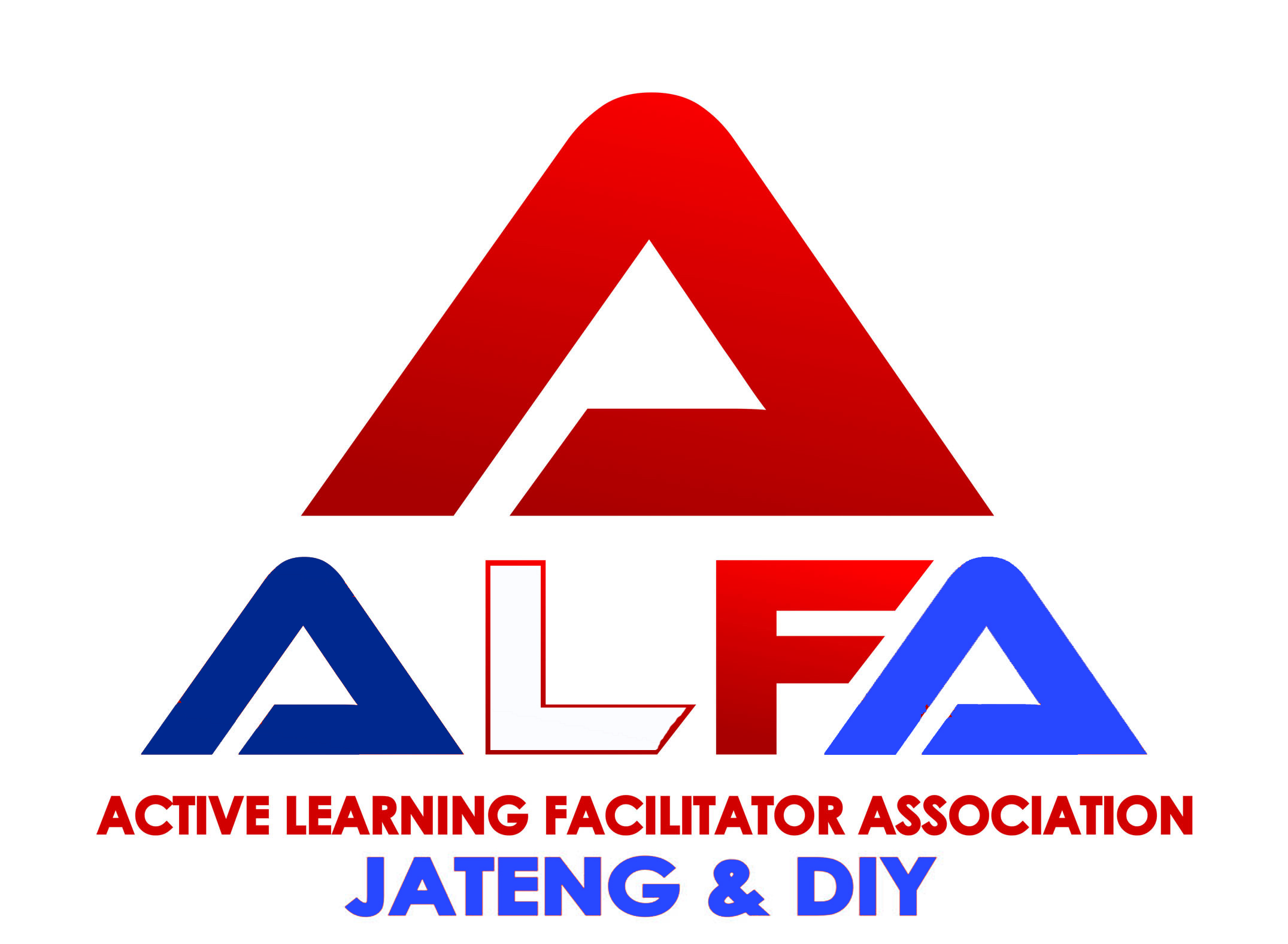The Effect of Learning Model Survey, Question, Read, Recite Review (SQ3R) and Critical Thingking Ability to Senior High School Students’ Learning Result
Abstract
Developing study in 21 century, the students must have a good skill which can support in developing era. One of the skills is critical thinking. The students must have the competence which can solve the problem faced it for instance environment pollution problem. The problem is one of parts from Biology with collaboration study model of SQ3R that has superior for cooperation between inactive and active students , the hope can give big contribute for the students can solve the problem. The Quasi experiment uses Anava two direction (2x2) Factorial. The research is done at SMAN 1 N Tambun Utara on September-October 2017. Data of the result research shows normal point and homogeny (P> 0,05) with sample 140.. The result of research uses the Anava experiment two direction can be gotten P = 0,000 ,it means P < 0,05 (reject Ho). So the summary (1) There can be the effect of the study model of SQ3R to The result of study. (2) There can be the effect of critical thinking to the result of study. (3) There can be interaction between SQ3R and critical thinking to the result of study.
Keywords: Critical thinking, the result of study of environment pollution, SQ3R
Full Text:
PDFReferences
Anderson, L.W. and Krathwohl, D. (Eds.). (2001). Taxonomy for learning, teaching, and assessing: A revision of Bloom’s taxonomy of educational objectives. New York: Longman.
Arief, A. (2012). Memahami berpikir kritis. Diakses dari https://researchenginers.com/1007arief3.html.
Bailin, S. (2002). Critical thinking and science education. Science and Education. 11: 361-375.
Chaeruman, U. (2010). E-Learning dalam pendidikan jarak jauh. Jakarta: Kemendiknas.
Ennis, R.H. (2011). The nature of critical thinking: an outline of critical thinking dispositions an abilities. University of Illinios.Diakses Dari http://faculty.education.illinios.edu/rhennis/ducuments/TeNatureofCriticalThinking_51711_000.pdf.
Facione, Peter A. (2011). Critical thinking: Way it is and why it counts. Insight Assessment. 1 (1): 1-28. Diakses dari http://www.insightassesment.com/pdf_files/What&Why2011.pdf
Feldt, R.C. & R. Hensley. (2009). Recommendation for use of SQ3R in introductory psychology textbooks. Journal of Education. 129(4): 584-588.
Hanafiah, H & Suhana, C. (2009). Konsep
strategi pembelajaran. Bandung: Refika Aditama.
Halpen, D.E. (2013). Teaching critical
thinking for transfer across domains: disposition, abilitys, structure training, and metacognitive monitoring. American Psycchologycal Association. 53(4). [online]. Tersedia: http://projects.ict.usc.edu/itw/vtt/HalpenAmPsy13CritThink.pdf [24 Februari 2016]
Jhonsons, E.B. (2013). Contextual teaching
and learning: what it is and why it’s here to stay. United States of America: Corwin Press, INC.
Kwantlen Counseling Services. (2002). The SQ3R reading method kwantlen university collage.
Laratu, W, Darsikin, & Wahono, U. (2016).
Pengaruh model pembelajaran kooperatif tipe STAD berbasis media animasi dan kemampuan awal terhadap pemahaman konsep listrik dinamis siswa SMA negeri 8 Palu. E-Jurnal Mitra Sains. 4(2), 78-85.
Nilson, Caroline, et al. (2013). Creative arts: An essential element in the teacher’s toolkit when developing critical thinking in children. Australian Journal of Teacher Education. 38 (7): 1-18.
Purwanto, Ngalim. (2004). Psikologi Pendidikan. Bandung: PT Remaja Rosda Karya
Rustina, Ratna. (2014). The effect of applying contextual learning with SQ3R on improving students mathematical understanding and critical thinking in SMP Negeri 8 Tasikmalaya. Jurnal Pendidikan dan keguruan, 1 (1).
Robinson, F.P. (1970). SQ3R: Effective study (4thed). Academic Learning Centre UNiversiti of Manitoba. Newyork: Harper & Row. Diakses dari http://www.umanitoba.ca/student/academiclearning
Shaffa I. (2009). Optimized learning strategy. Jakarta: Prestasi Pustaka.
Muhibbin, S. (1995). Psikologi pendidikan dengan pendekatan baru. Bandung: Rosda Karya.
Trianto. (2009). Mendesain model pembelajaran inovatif-progresif. Jakarta: Kencana Trenada Media Group.
Zhou, Q., Huang, Q., & Tiakn, H. (2013). Develoving students’ critical thinking skills by task-based learning in chemistry experiment teaching. Creative Education, 4(12A): 40-45.
DOI: https://doi.org/10.31002/ijose.v2i2.612
Refbacks
- There are currently no refbacks.
Copyright (c) 2018








